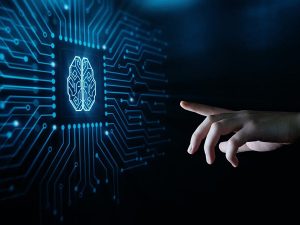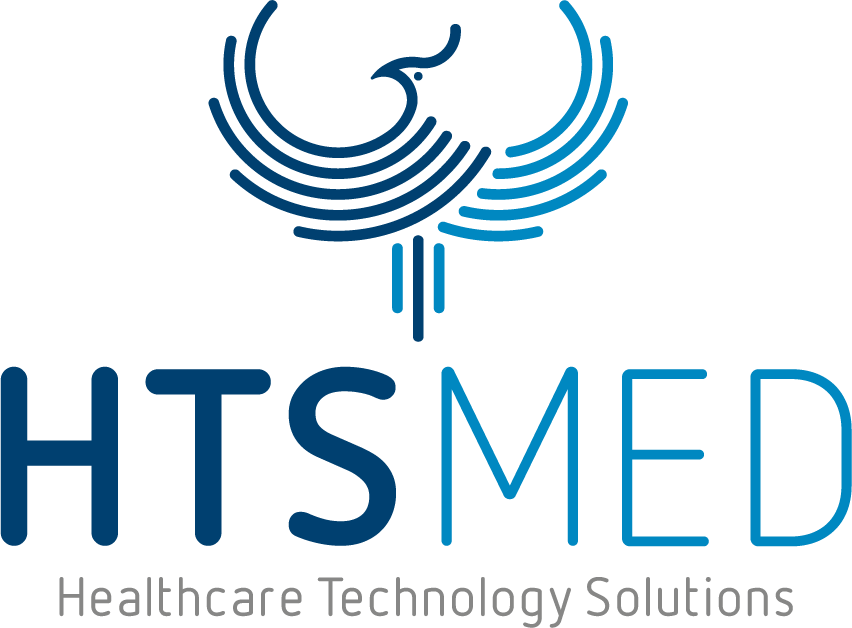28 Mar Artificial Intelligence to support the diagnosis of Covid-19

The Anke R&D Team, in collaboration with HTS Med engineers, has developed a software equipped with Artificial Intelligence to support the diagnosis of Coronavirus pneumonia
On March 11, 2020, the World Health Organization declared the COVID19 pandemic. Following these declarations, numerous studies, from different countries of the world, have shown the important role of CT in the diagnosis of Coronavirus pneumonia. CT sensitivity to COVID19 infection has been shown to be 98%, while RT-PCR sensitivity is 71%. Therefore, CT is currently considered an excellent aid in diagnosing COVID19 pneumonia. Over the past two months, the Anke R&D team and HTS Med engineers have developed AI-based software for COVID 19 early diagnosis and follow-up. Machine learning is capable of providing an answer. in 30 seconds starting from the analysis of the images of the pulmonary CT. ANKE's AI technology uses big data to learn and analyze the characteristics and typical positions of COVID19 pneumonia, through the "deep learning" methodology. The system is able to read and analyze a patient's CT scan within 30 seconds of inserting the exam into the workstation.The application based on artificial intelligence, in addition to providing the immediate answer on the type of pneumonia (viral from Covid- 19 vs. other pathologies such as bacterial pneumonia, COPD, etc.), is able to calculate the volume of lung impairment expressed in cubic cm and therefore provide an assessment of prognosis, improvement or worsening of the patient's situation. very significant in the current emergency situation, allowing to process a mass of data otherwise impossible to analyze, improving the appropriateness of therapies and freeing up precious places in intensive care from patients who do not need them. Furthermore, the system is also prodromal to an evolution in a radiomics key, it creates a turning point also for the next few months, when, after the emergency, the cases of Covid19 will become more sporadic and therefore more difficult to identify.
